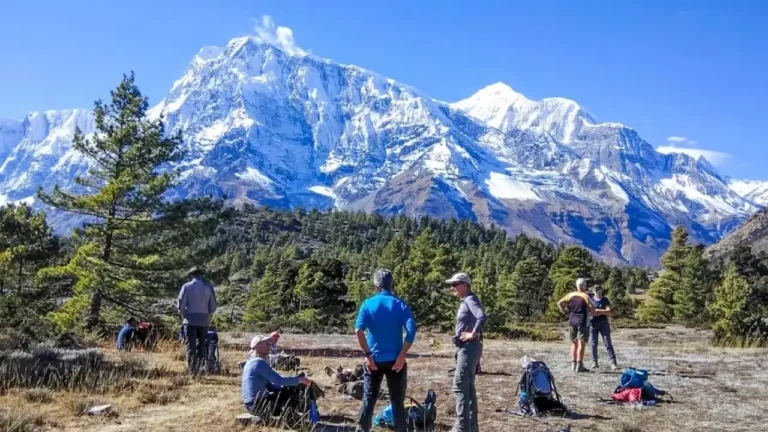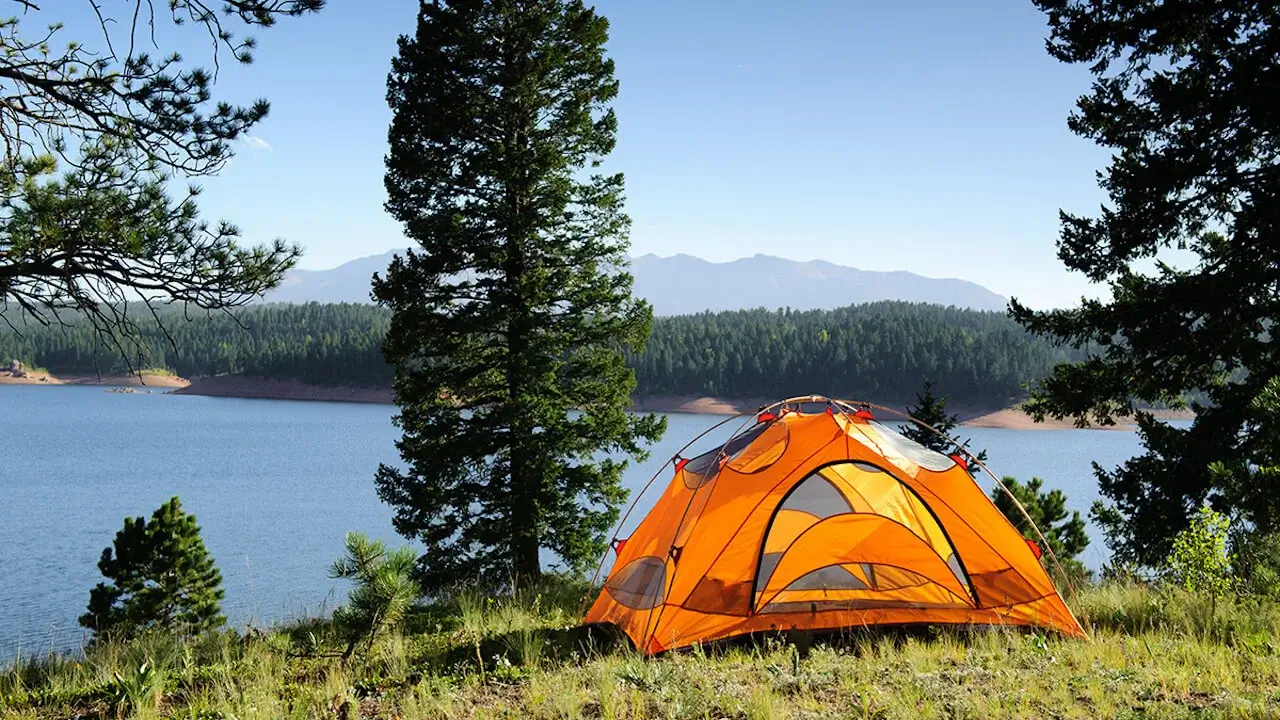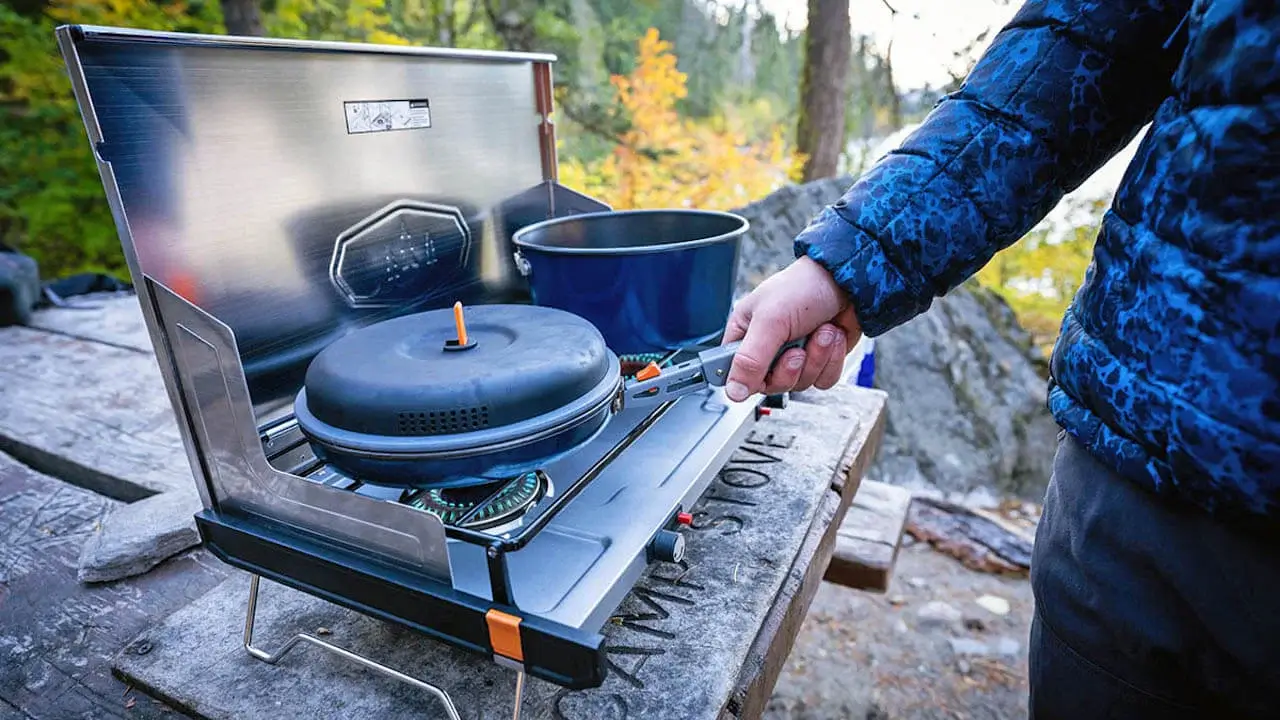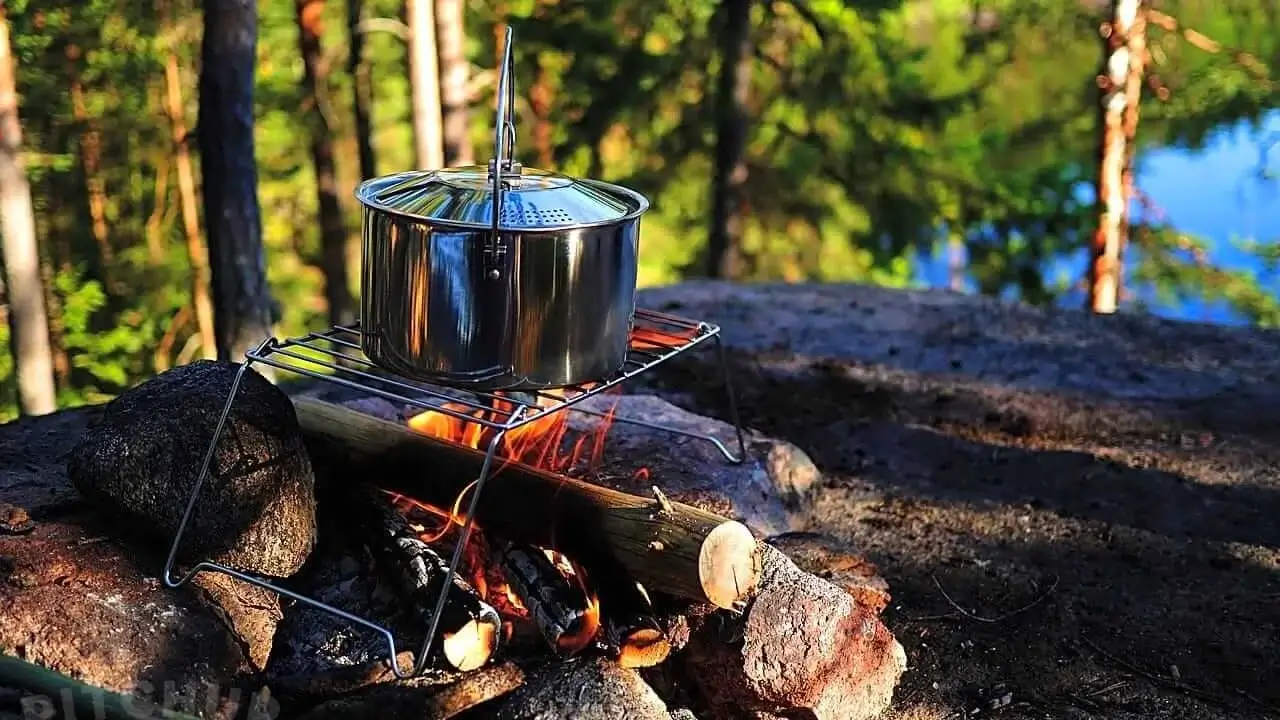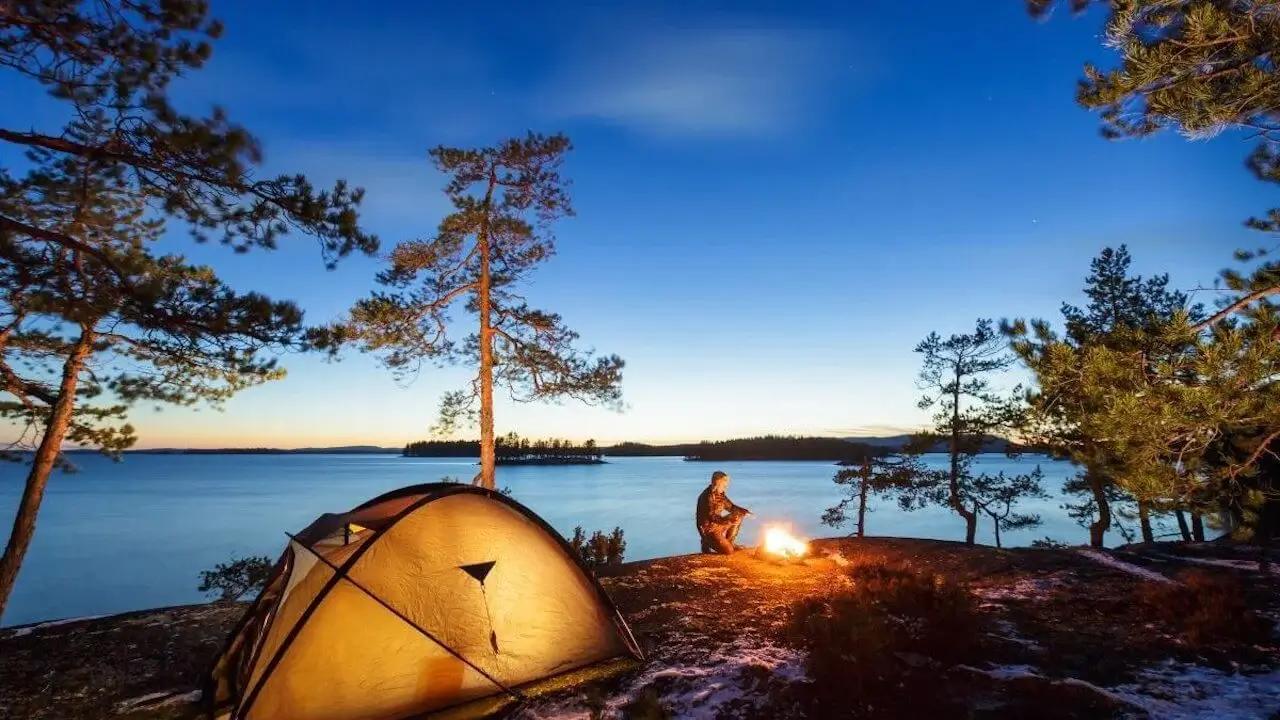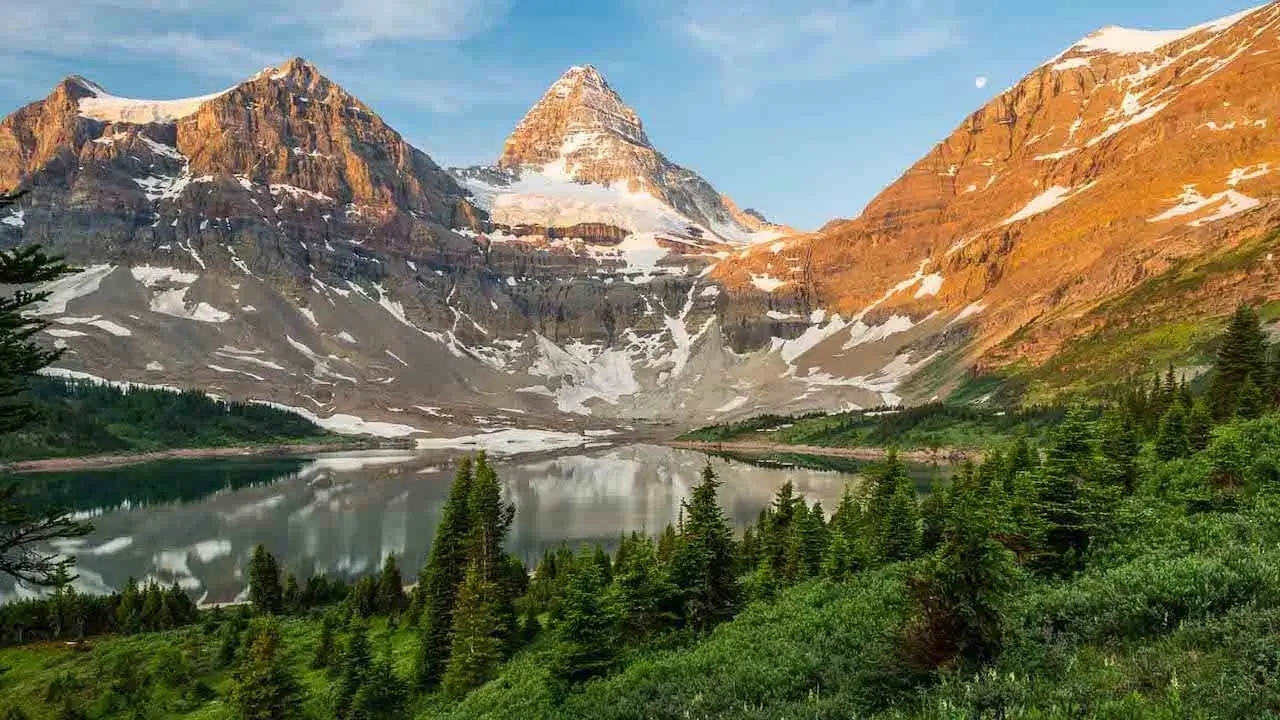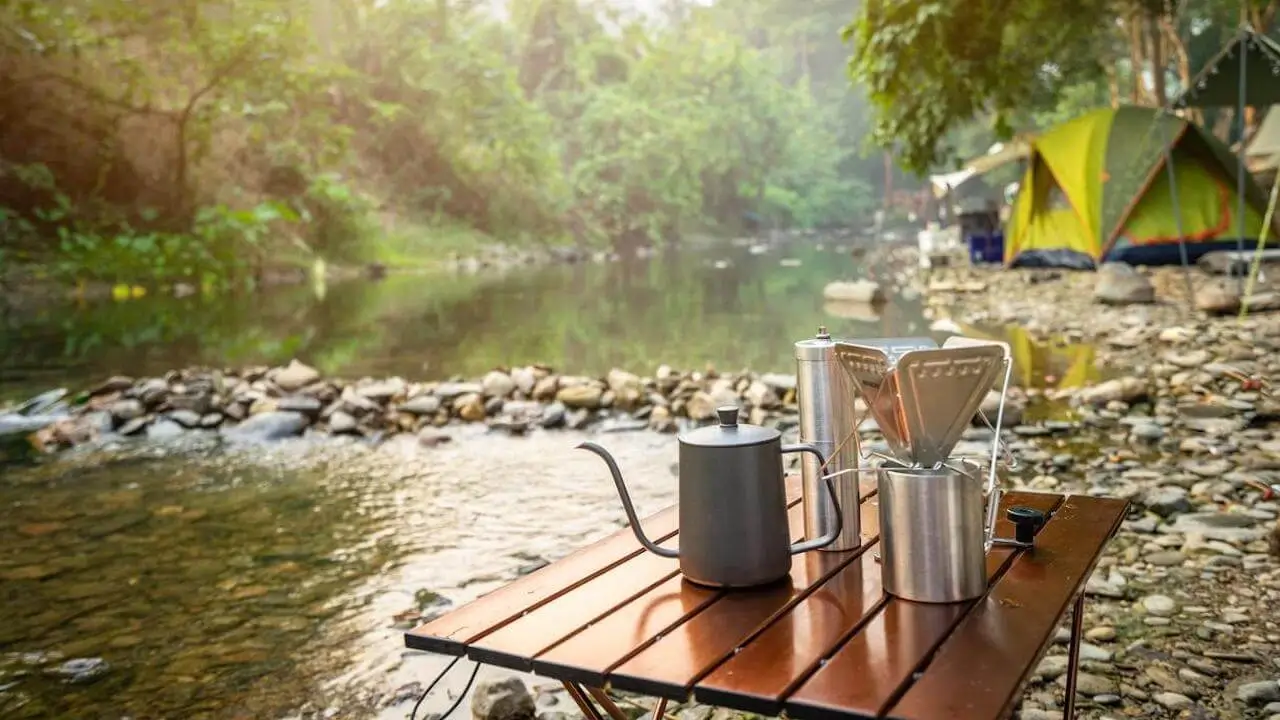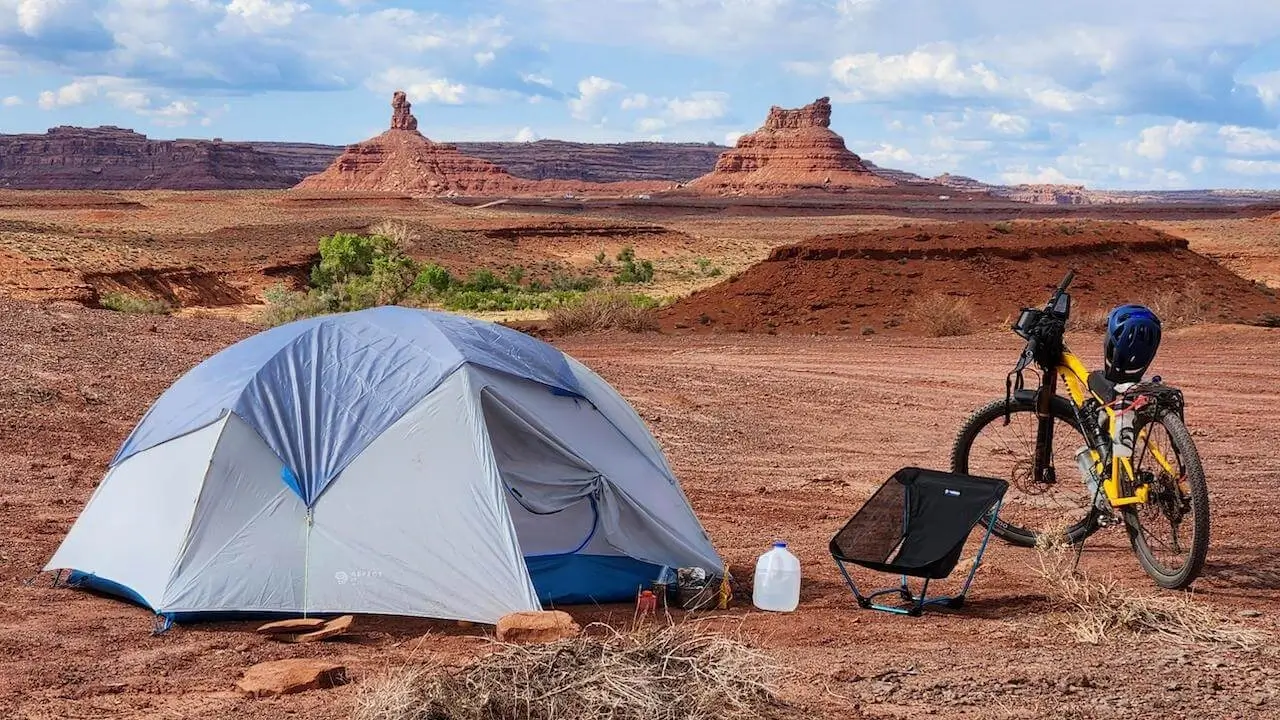High-altitude hiking isn’t just about good boots and grit, once you’re above 8,000 feet, thin air and cold temperatures bring new challenges.
Whether you’re tackling the Tour du Mont Blanc or planning a trek through the Himalayas, success comes down to preparation.
From acclimatization to gear choices, there are five key factors most hikers overlook. Nail those, and you’ll be set for an unforgettable alpine adventure.
Key Takeaways
- Choose routes matching your acclimatization needs, following the “climb high, sleep low” principle above 8,000 feet.
- Pack essential gear including four-season tents, -20°F sleeping bags, reliable satellite communication devices.
- Master technical skills like self-arrest techniques, crampon use, rope management before attempting high-altitude routes.
- Train with high-intensity interval workouts, loaded pack climbing to prepare for alpine terrain demands.
- Monitor weather patterns, especially barometric pressure trends, lenticular cloud formations for safe route decisions.
Essential Gear for Extreme Alpine Conditions
While experienced hikers may navigate lower elevations with minimal equipment, high-altitude alpine environments demand specialized gear that can literally save your life.
Your pack should include a four-season tent capable of withstanding 40+ mph winds, a sleeping bag rated for -18°F, and a reliable satellite communication device.
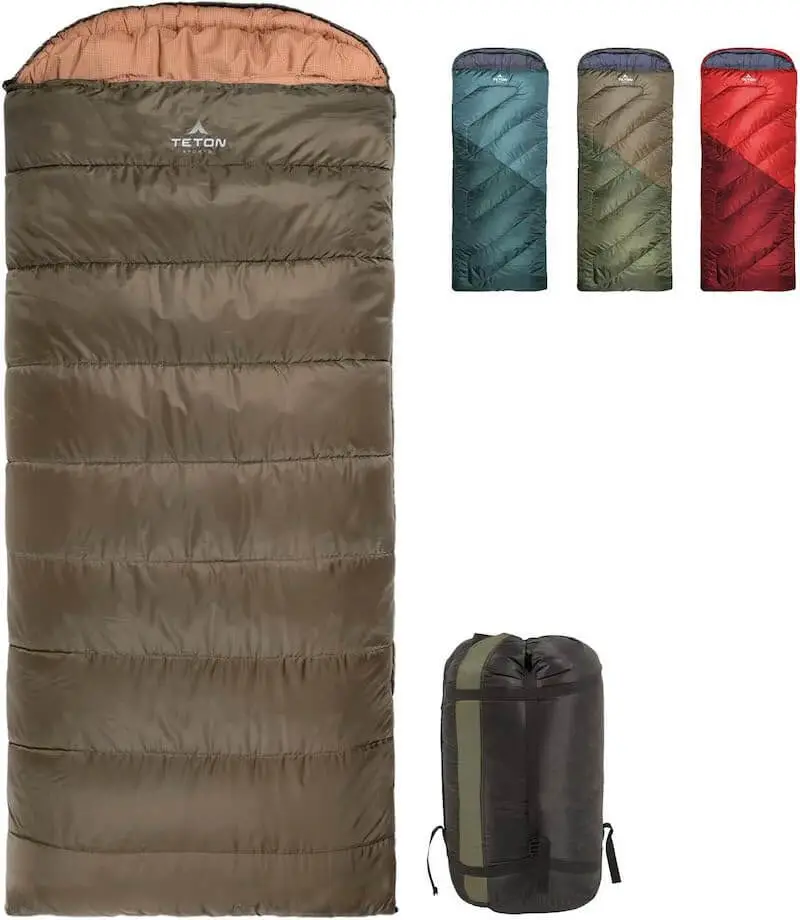
TETON Sports Celsius Regular -18ºC/0ºF
This sleeping bag is a well-built sleeping bag keeps you warm in all but the most extreme temperatures. The cozy flannel lining retains body heat and feels like a luxury sheet.
Don’t skimp on quality crampons and an ice axe, you’ll thank yourself when traversing that unexpected ice field!
Layer your clothing strategically: moisture-wicking base, insulating mid-layer, and waterproof/windproof outer shell. Keep in mind, cotton kills in alpine settings.
Modern altimeters and GPS units aren’t just fancy toys, they’re essential navigation tools.
High-Altitude Acclimatization Strategies
Your body needs time to adapt to decreased oxygen levels at high elevations, so you’ll want to implement a staged approach to gaining altitude.
You’ll need to drink considerably more water than usual, about 4-6 liters daily, as your respiratory rate increases at higher elevations, causing faster moisture loss.
Planning strategic rest days at key elevations (typically every 1,000-1,500 feet above 8,000 feet) allows your red blood cell count to increase, dramatically improving your odds of reaching the summit without altitude sickness.
Staged Elevation Gains
Because ascending too quickly to high altitudes can trigger altitude sickness, staged elevation gains become your most essential defense strategy. You’ll need to plan your ascent with overnight stops that allow your body to adapt gradually to decreasing oxygen levels.
| Altitude (ft) | Daily Gain (ft) | Rest Days |
|---|---|---|
| 8,000-10,000 | 1,000 | Every 3 |
| 10,000-12,000 | 800 | Every 2 |
| 12,000-14,000 | 600 | Every 2 |
| 14,000-16,000 | 500 | Daily |
| Above 16,000 | 300-400 | Daily |
Remember: “Climb high, sleep low” isn’t just a catchy phrase, it’s your ticket to summit success!
Hydration At Height
As your body works overtime in high-altitude environments, proper hydration becomes the cornerstone of successful acclimatization.
You’ll need to drink more water than usual, aim for 4-6 liters daily at elevations above 8,000 feet. Why? The dry mountain air accelerates moisture loss through increased respiration and evaporation.
Don’t wait until you’re thirsty! By then, you’re already dehydrated.
Keep your urine light yellow (mountain climbers’ gold standard) and add electrolytes to your water. Those fancy hydration bladders aren’t just for show, they’re your high-altitude lifeline.
Remember: clear pee = clear mind on the trail!
Rest Day Protocols
While pushing your limits might seem tempting, strategic rest days form the backbone of safe, successful high-altitude hiking. Your body needs time to produce additional red blood cells, adapt to lower oxygen levels.
Follow the “climb high, sleep low” principle by hiking to higher elevations during the day, then descending 1,000-1,500 feet to sleep. This accelerates acclimatization, reduces altitude sickness risk.
On full rest days:
- Stay moderately active with gentle walks
- Hydrate aggressively (aim for clear urine)
- Monitor for headaches or nausea
- Catch up on sleep, your body heals while you snooze!
Technical Skills Required for Alpine Success
Mastery of essential techniques transforms an ordinary hiker into a capable alpine adventurer.
You’ll need to develop proficiency in four core areas: navigation with map and compass (GPS is your backup, not your primary!), self-arrest with an ice axe, efficient crampon use on varied terrain, and basic rope management for glacier travel.
Don’t skip learning proper kick-stepping technique, it’ll save your energy on steep snow slopes.
And while it might seem tedious, practicing knots in your living room beats fumbling at 12,000 feet with numb fingers.
Trust me, your climbing partners will thank you!
World’s Most Challenging Alpine Routes
When you’re ready to test your ultimate limits as an alpine hiker, the world’s Death Zone paths above 8,000 meters will push your body, mind to extraordinary extremes.
You’ll need specialized oxygen equipment, precise timing to navigate routes like the Annapurna Circuit or K2’s Abruzzi Spur, where the thin air gives you precious little margin for error.
Beyond oxygen deprivation, technical glacier traverses such as the Haute Route between Chamonix, Zermatt require mastery of rope techniques, crevasse rescue, ice climbing skills that can’t be improvised when you’re perched above a thousand-foot drop.
Death Zone Paths
Above 8,000 meters (26,247 feet), you’ve entered what mountaineers ominously call the “death zone,” regions where oxygen levels drop to one-third of sea level and human survival becomes a brutal countdown.
In these extreme elevations, you’ll find Earth’s most challenging routes. K2’s Northeast Ridge demands technical precision when your brain barely functions. Annapurna’s East Face combines avalanche danger with punishing exposure. Nanga Parbat’s Rupal Face presents nearly 4,500 meters of vertical climbing.
Don’t be fooled by stunning vistas! Your body literally dies while you climb.
Every minute requires calculated decision-making despite your diminishing mental capacity.
Technical Glacier Traverses
Descending from the death zone doesn’t mean you’re out of danger, it’s often just the beginning of another technical challenge.
Glacier traverses demand specialized skills and equipment you can’t skimp on. You’ll need to master rope techniques for crossing crevasse fields on routes like the Vallee Blanche in Chamonix.
Watch for snow bridges, these deceptive formations can collapse under your weight!
Always carry:
- Ice axe and crampons
- Prusik cords for self-rescue
- Avalanche beacon
Weather Pattern Analysis for Optimal Summit Windows
Understanding weather patterns at high altitudes can mean the difference between a successful summit and a dangerous retreat.
You’ll need to monitor barometric pressure trends; falling pressure often signals approaching storms, while stable or rising pressure suggests clear conditions.
Study local mountain weather rhythms! Most alpine environments experience predictable daily patterns, with mornings typically offering the calmest conditions.
Check for lenticular clouds, those UFO-shaped formations that warn of high winds.
Don’t just rely on forecasts. Learn to read nature’s signs: sudden temperature drops, unusual wind shifts, and darkening cloud formations all suggest it’s time to descend.
Your weather wisdom will be your most reliable climbing partner.
Emergency Protocols and Alpine Rescue Coordination
Emergency situations in mountains require preparation despite careful weather planning. Always carry a satellite communication device, as cell phones typically lack service above tree line.

Spot X 2-Way Satellite Messenger
Send S.O.S. to 24/7 Search & Rescue service, message back and forth about the nature of your emergency, receive confirmation when help is on the way.
If stranded, remember S.T.O.P.: Stop, Think, Observe, Plan. Don’t panic. Signal for help using three of anything (whistles, flashes, or calls).
When contacting rescue services, provide:
- Your exact location (coordinates if possible)
- Nature of emergency
- Number of people
- Available supplies
- Weather conditions
Training Regimens for Oxygen-Depleted Environments
At altitudes above 8,000 feet, your body faces a significant challenge. The air contains roughly 25% less oxygen than at sea level. Your training must prepare for this reality.
Begin with “threshold workouts” 4-6 weeks before your expedition. Alternate between 3 minutes at high intensity and 2 minutes recovery. You’ll build cardiovascular efficiency where it counts.
Daily stair climbing with a loaded pack mimics the alpine grind. Include hypoxic breathing exercises: inhale for 2 counts, hold for 8, exhale for 4.
Final Thoughts
You now have the basics to tackle the world’s toughest peaks. Standing on a summit after hours, sometimes days, of climbing is an unbeatable feeling.
Just remember to respect the mountain: trust your training, watch the weather, and always put safety first.
With the right prep, gear, and mindset, you’ll find yourself soaring among the clouds, experiencing high-altitude wilderness like few ever do.
